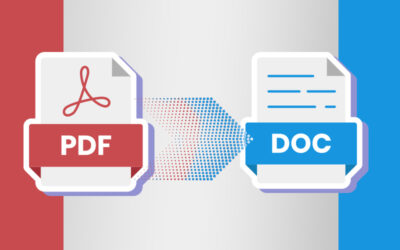Medical document management system (DMS) provides information about patients and helps maintain the record of their medical history. Along with medical document scanning and other such options, key document management systems used in hospitals include hospital information systems, patient monitoring system, Electronic Medical Record (EMR), and e-prescribing methods. These systems help in managing records such as insurance cards/claims, admission forms, invoices, and records of laboratory results. According to a research report from Technavio, revenue for the global medical document management systems market will reach around USD 527 million in 2019. With a good DMS, physicians and other clinical staff can increasingly focus on patients’ health, eliminating the process of manual preparation of medical records and other documentation. The market is also predicted to witness an increase in spending on healthcare BI and analytics solutions.

Key factors that drive the growth of this market include
- Rising demand for advanced health monitoring system
- Growing need to streamline billing systems
This global market is divided on the basis of application, technology, deployment model, end-users, geography and leading vendors. Based on application, the market is segmented into billing systems, record management, admission registration and document imaging management.Of these applications, the records management market is expected to reach close to USD 134 million in 2019.
By technology, the market is divided into services and products. The DMS services segment focuses on updates, support, maintenance, and training expenses. With more and more healthcare organizations starting to realize the benefits of investing in such updates, the market revenue of this segment is predicted to increase.
Deployment models of this market include Cloud-based and On-premise. While on-premise solutions require time for implementation, cloud-based options are now widely used by vendors to eliminate all complexities involving software installation at the premises of the user. This cloud-based segment is expected to grow rapidly till 2019.
End-users of DMS include hospitals, care centers and specialty homes, and healthcare insurance providers. Key end-users of DMS are health insurance providers. They use DMS for scanning, storing, and retrieving documents. They can also effectively manage content and streamline the insurance process while meeting all compliances and security regulations. DMS implementation helps agencies save space, time, and money.
Geographically, the market is divided into APAC, Americas and EMEA. The U.S. is the largest market for healthcare worldwide, and this growth is augmented by the rising demand for in-vitro diagnostics and research activities in advanced areas of biotechnology such as proteomics and glycomics. However, the Americas region is expected to witness a slow market growth rate because of the reduction in spending on the adoption of DMS during the forecast period.
Prominent vendors in this market are Cerner, GE, McKesson, Siemens, 3M, Allscripts, EPIC, Hyland Software, Kofax, Nextgen Healthcare, Toshiba, Treeno, Henry Schein Medical Systems, and docSTAR. The report also expects healthcare organizations to scale up their investments on mobile DMS in 2019.
The healthcare sector also utilizes reliable document scanning services to scan their data into industry-standard digital formats and integrate them into their overall document management system. High quality digital scanning is the preliminary step towards a comprehensive electronic document management solution.



